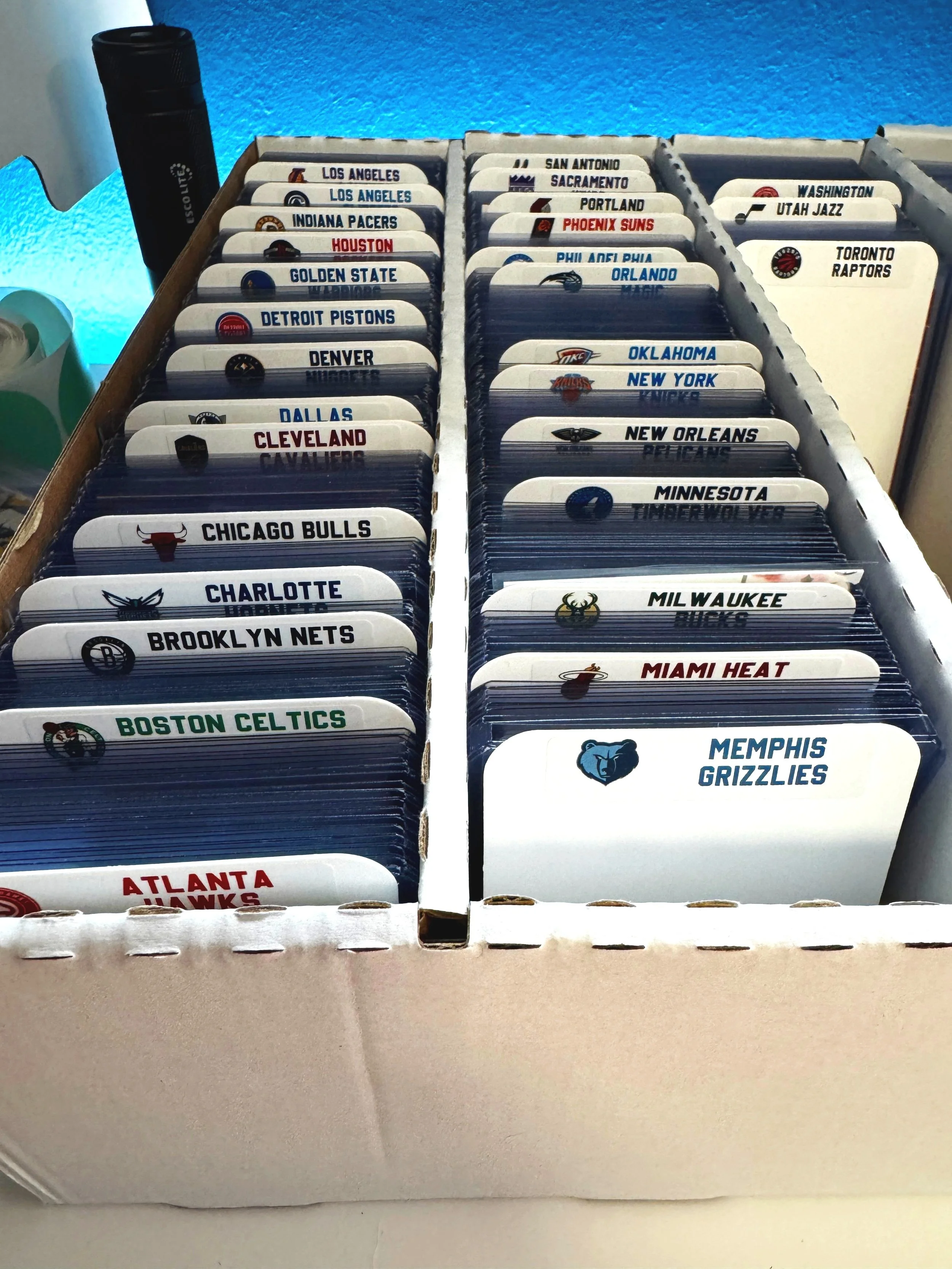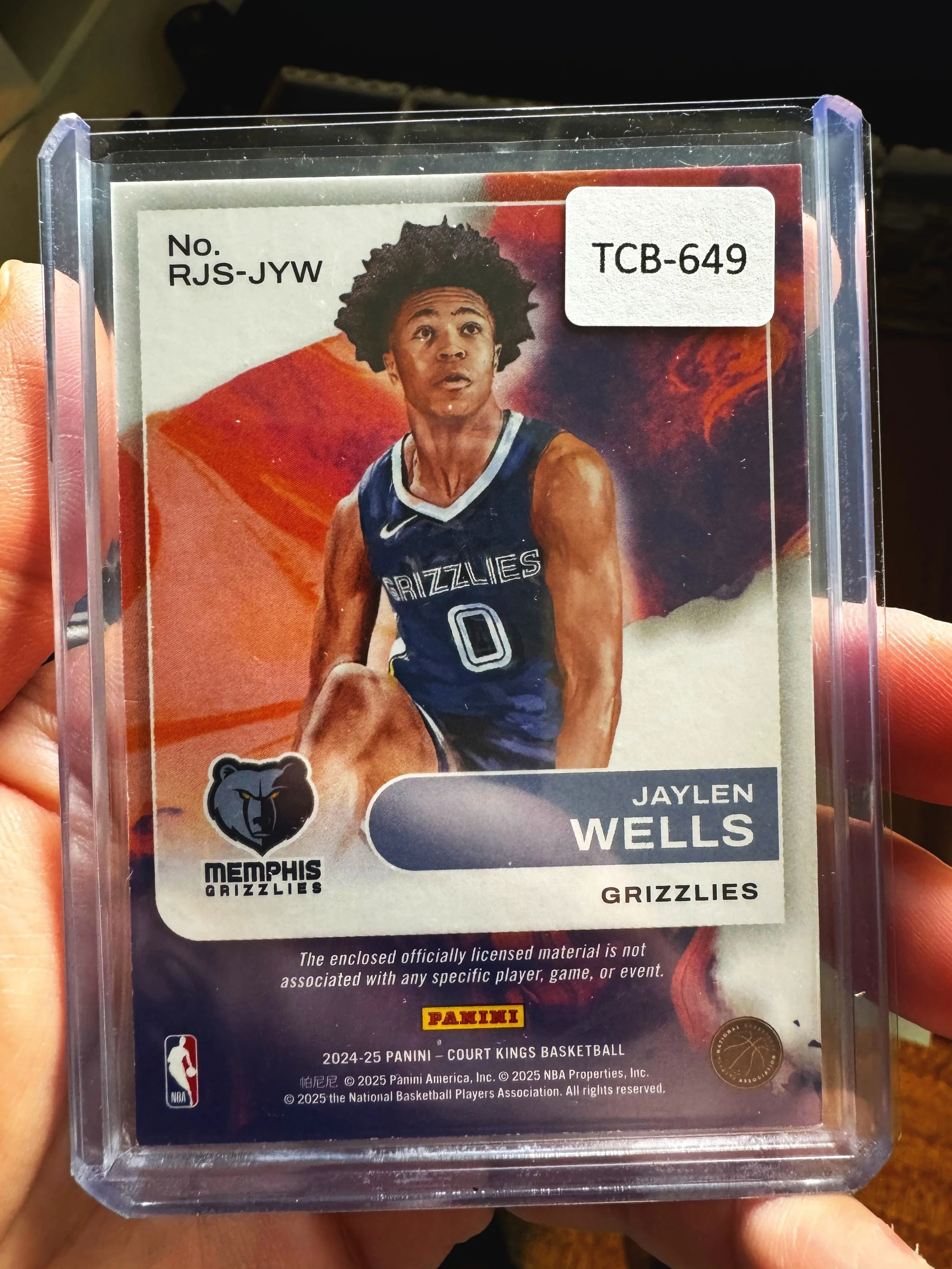Why I Use SKUs — And Why You Should Too
Back when I was in the Marines, I worked in supply administration. Everything we managed — from basic supplies to specialized gear — had a SKU or an NSN (National Stock Number). Those codes weren’t just random numbers; they told you what the item was, how many you had, and where it was going. It created order in the chaos, and I learned early on how important that was.
Later, while working at Home Depot, SKUs came into play again. Every product — carpet, bolts, tools — had a unique SKU tied to pricing, inventory, and identification.
So when I started selling cards and comics, I knew right away that I needed a system — and SKUs became that system.
How I Use SKUs to Organize My Inventory
Here’s a look at how I organize my card inventory using SKUs and team dividers:
Cards organized by Team and SKU
SKU Number stickers I use
I separate cards by team, using labeled index tabs in long boxes. Each card has a SKU sticker. When a card sells, I go straight to the team section and pull the exact card using the SKU. This avoids confusion — especially when I have multiple versions of the same player or parallel.
Why SKUs Matter — Even for Small Sellers
Avoids shipping the wrong item
Helps distinguish condition variants (NM vs EX, etc.)
Speeds up order pulling and relisting
Links your spreadsheet to real inventory
Makes it easy to grow and bring in help later
Lets you track trends and spot your best sellers
You don’t need a warehouse or expensive software to start using SKUs. Something as simple as TC001 for trading cards or ASM300-NM for comics can keep your business sharp and organized.
Whether you’re just listing casually or trying to build something bigger, a good SKU system saves time, reduces mistakes, and helps you think like a real seller.
Got a system that works for you? Drop a comment or shoot me a message — I’m always open to learning how others in the hobby do it.

